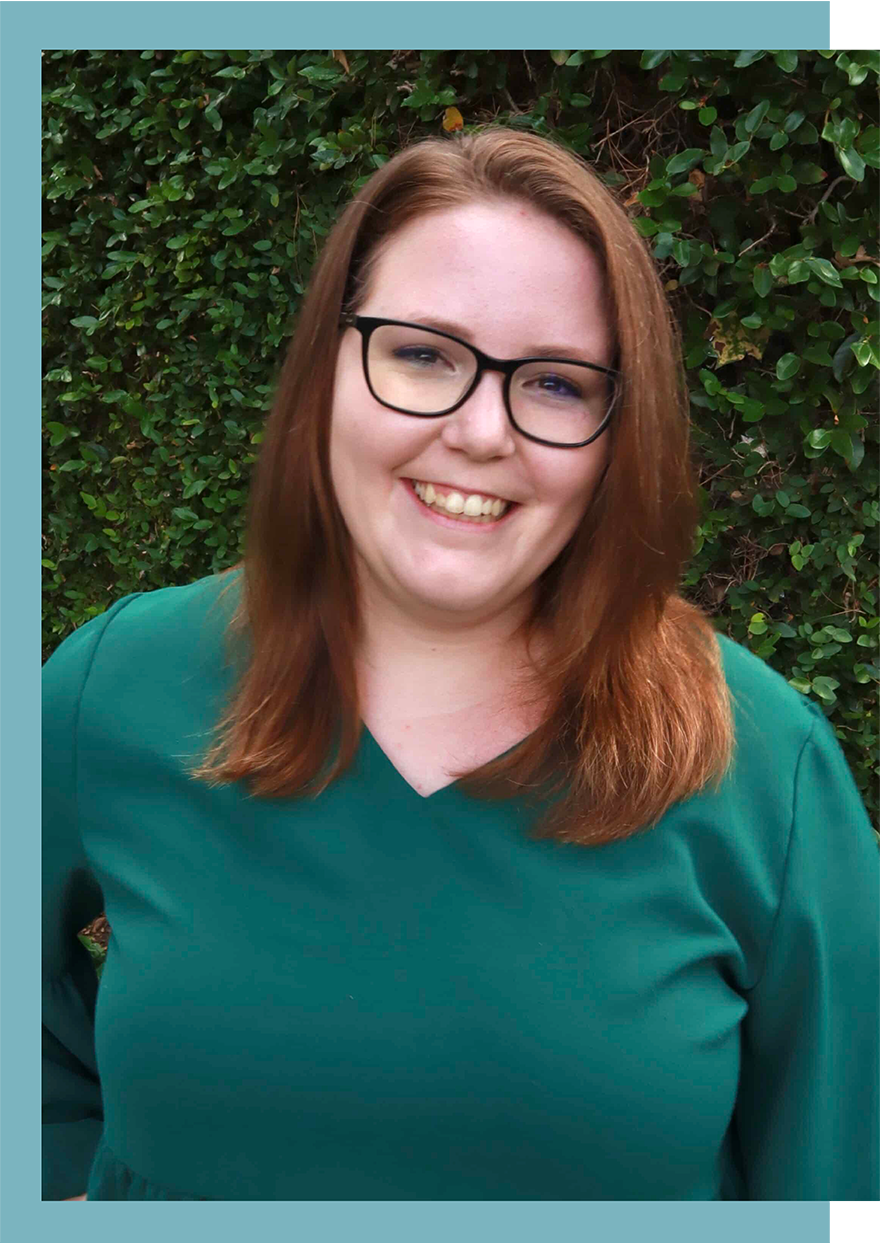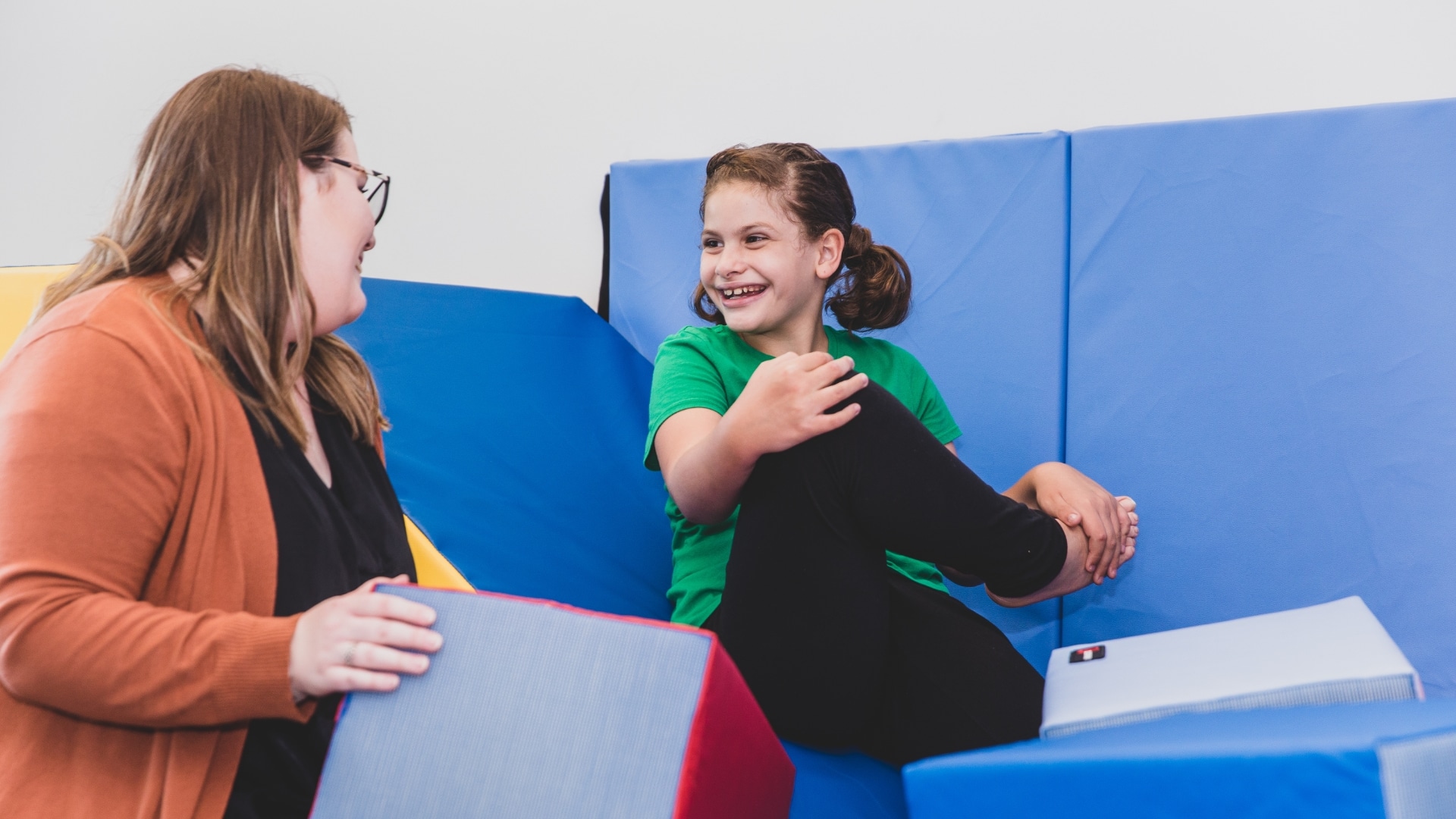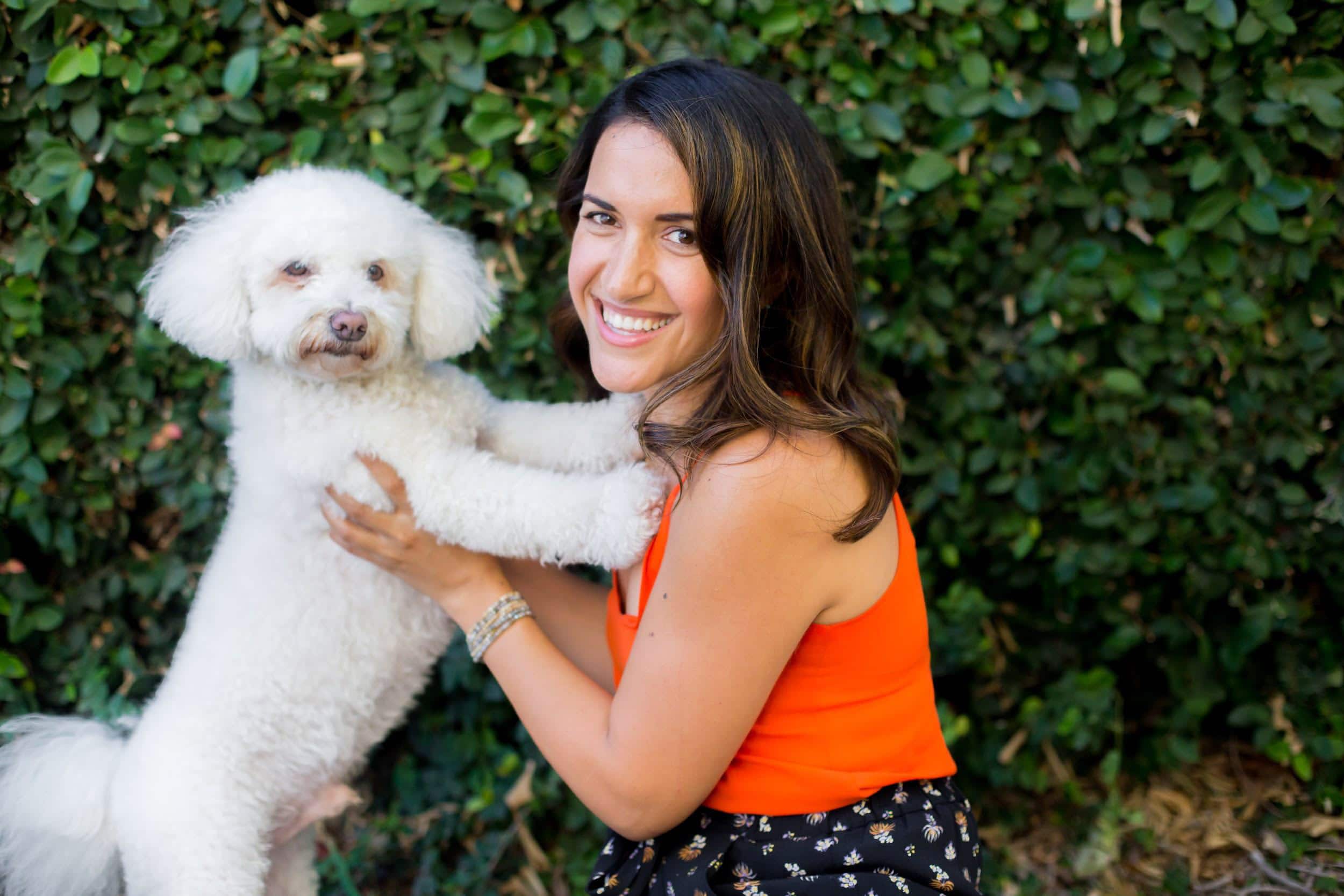Oftentimes parents ask me, “Why would my child need OT in a clinic setting, if they receive OT as part of their IEP?”. This is such a great question! Occupational therapy is such a wide-reaching profession, that it sometimes seems like all settings are the same. In actuality, there is a big difference in the scope of practice depending on the setting. Let’s break down the difference below!
Clinic-based occupational therapy:
Place:
Skills Addressed:
- Dressing: putting on and taking off clothes, tolerating clothing textures, fastening buttons and zippers, tying shoelaces
- Hygiene Routines: Toileting, teeth brushing, showering and bathing, hand washing, flossing, hair washing, etc.
- Feeding: using a spoon, using a fork, using a knife, tolerating food textures, trying new foods
- Play Skills: Cooperative playing with others, frustration tolerance, following group instructions, playing in a variety of settings (i.e. sand, grass, play structures, etc.)
- Fine Motor Skills: Handwriting, pre-writing shapes, scissor skills, coloring, opening food packages, pencil grasp, etc.
- Sensory Processing: Being able to handle all aspects of a child’s daily routine (all the tasks- and more- listed above) without becoming overwhelmed or upset. Being able to sit and attend to daily tasks without needing to get up and move, and being able to tolerate change in routines.
What a Session Looks Like?
Funding:
Typically outpatient services are funded by medical insurance or private pay.
School-based occupational therapy:
Place:
Sessions can occur in your child’s classroom or in an occupational therapy office. Sessions can also take place in a group format or individual format (one therapist to one child). Therapists are a part of the IEP or 504 team, and are mandated to fulfill the service requirements outlined in the IEP/504 plan. The frequency and duration of services remains the same until the next meeting with the team. The duration/frequency typically ranges from consultation (i.e. the therapist meets only with your child’s academic team and no direct service is provided), to 15-60 minutes per week. This can vary, though, depending on the child’s needs.
Skills Addressed:
- Fine Motor Skills: Handwriting, pre-writing shapes, scissor skills, coloring, opening food packages, pencil grasp, etc.
- Access to the academic curriculum: This basically means making sure your child can participate in the school day to a functional degree. This may include adapted seating, accommodations for breaks and regulation strategies, or extra time for test taking. School based occupational therapists can suggest tailored accommodations to make the school day functional for your child.
What a Session Looks Like?
The therapist arrives at your child’s classroom and will conduct the session during the school day. The sessions focus mainly on the goals included in the IEP/504 plan. Activities include specific games, movement activities, writing tasks, typing, and crafts geared towards boosting skills in a fun way.
Funding:
Ultimately, both school based and clinic based occupational therapists are dedicated to adapting your child’s environment to their skills, while fostering growth and independence. Oftentimes, children receive both types of services to make progress in both the school setting and the home/community settings. If your child is in need of support, it’s important to determine where they are having trouble (i.e. school only, or school, home, community) and where the challenges arise (i.e. daily routines, during the school day, outings with family, etc.) to best determine which type of occupational therapy to pursue. If clinic based occupational therapy seems to meet the needs of your child, reach out to us for a complimentary consultation!

KAELYN GREEN
Kaelyn Green is a licensed occupational therapist at Valued Voices. She is certified by the University of Southern California in Sensory Integration and is an advocate for addressing underlying sensory functioning in order to improve occupational performance. She is passionate about meeting children and families where they are at and seeks to tailor interventions to the unique needs of her clients. When she is not working, you will find Kaelyn taking care of her two goldendoodles, working in her garden, or taking trips to the Central Coast.


